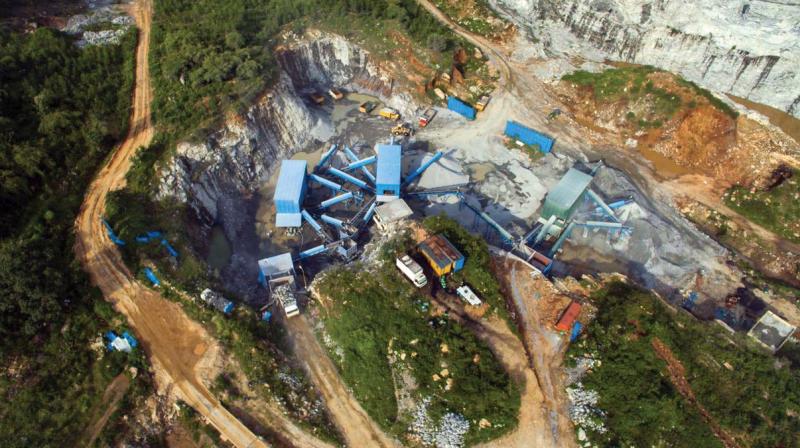Illegal mining in Punjab has become a serious ecological, administrative, and political crisis. Rampant sand and gravel mining, often carried out in blatant violation of environmental norms and legal procedures, has not only damaged the state’s river systems and agricultural lands but has also exposed the murky links between political entities and the mining mafia.
Despite numerous complaints, court orders, and media reports, illegal mining continues unabated—largely due to weak regulatory frameworks, ineffective enforcement, and an alleged nexus between politicians, bureaucrats, and mining mafias.
The Scale of the Crisis
-
Unchecked Mining: Riverbeds of Sutlej, Beas, Ravi, and Ghaggar have been over-exploited for sand and gravel—essential construction materials in the booming real estate and infrastructure sectors.
-
Environmental Damage: Excessive extraction has led to riverbank erosion, lowering of the water table, destruction of aquatic ecosystems, and increased flood risks.
-
Economic Loss: Illegal mining operations have cost the Punjab government hundreds of crores in lost revenue due to underreporting or complete evasion of mining royalties and taxes.
Political Complicity and Mafia Control
Multiple investigative reports and whistleblowers have highlighted a disturbing politician-mafia nexus:
-
Political Protection: Mining contractors often enjoy political patronage, enabling them to flout court orders and operate despite public resistance.
-
Use of Muscle Power: Activists and local villagers who oppose illegal mining frequently face intimidation or violence.
-
Election Funding: Illegal mining is believed to be a major source of unaccounted funds used during elections, further entrenching the criminal-political alliance.
Legal and Administrative Lapses
Punjab’s mining laws and regulations are riddled with loopholes:
-
Poor Monitoring Mechanisms: The absence of real-time GPS tracking of trucks, insufficient inspections, and unmonitored riverbeds make enforcement weak.
-
Lenient Penalties: The fines imposed for illegal mining are minimal compared to the massive profits made, acting as no real deterrent.
-
Delayed Judicial Action: Court orders banning illegal mining are often ignored or poorly implemented at the ground level.
Impact on Communities
-
Livelihood Disruption: Farmers near mining areas face reduced crop yields due to soil degradation and falling groundwater levels.
-
Public Safety Threats: Deep pits left behind after illegal extraction become death traps, particularly during the monsoon season.
-
Local Protests: Villagers, especially in districts like Ropar, Mohali, Pathankot, and Hoshiarpur, have held repeated protests but with limited outcomes.
Recent Developments
-
The Punjab and Haryana High Court has frequently pulled up the state government for failing to curb illegal mining.
-
The National Green Tribunal (NGT) has also flagged Punjab’s poor enforcement and asked for stronger ecological safeguards.
-
Civil society groups and environmentalists are demanding stricter laws, transparency in auction processes, and public oversight mechanisms.
What Needs to Be Done
-
Strengthen Legal Frameworks: Update mining laws with higher penalties and better definitions of illegal mining activities.
-
Technology-Based Monitoring: Implement GPS tracking, drone surveillance, and digital logging of every truckload.
-
Independent Regulatory Body: Establish an autonomous mining regulatory authority to prevent political interference.
-
Transparency in Contracts: Make bidding processes and lease allocations publicly accessible and auditable.
-
Public Participation: Empower local panchayats and citizens with reporting rights and grievance redress mechanisms.
Illegal mining in Punjab is not just an environmental concern—it is a systemic governance failure where political collusion, administrative negligence, and mafia operations intersect. Without comprehensive reform, including stronger enforcement and political accountability, the crisis will continue to erode Punjab’s natural and democratic foundations.

